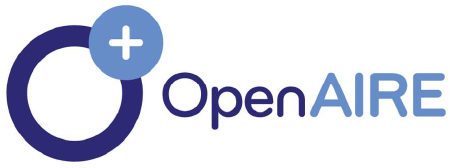INNOVATIVE METHODS OF TEACHING THE UZBEK LANGUAGE IN DISTANCE LEARNING CONDITIONS
Abstract
This article explores innovative methods of teaching the Uzbek language under distance learning conditions, focusing on the integration of digital tools and pedagogical strategies to enhance linguistic proficiency. The transition to online education in Uzbekistan has accelerated the need for methodological shifts, particularly in language instruction where interaction and engagement are crucial. The research highlights various approaches such as the use of interactive platforms, mobile applications, video conferencing tools, and artificial intelligence-based technologies. These tools not only enable continuity in education during remote learning but also open new perspectives for personalized, student-centered teaching. The study also discusses the challenges faced by educators in adapting to technological change and presents recommendations for effective implementation of innovation in Uzbek language teaching practices.
References
1. Blake, R. J. (2013). Brave New Digital Classroom: Technology and Foreign Language Learning. Georgetown University Press.
2. Akhmedov, B. A. (2025). Implementing artificial intelligence and virtual learning environments in Elementary Schools in Uzbekistan. Procedia Environmental Science, Engineering and Management, 12(1), 63-70.
3. Hrastinski, S. (2008). Asynchronous and synchronous e-learning. Educause Quarterly, 31(4), 51–55.
4. Warschauer, M. (2000). The death of cyberspace and the rebirth of CALL. English Teachers’ Journal, 53, 61–67.
5. Juraev, S. (2020). Raqamli ta’limda o‘zbek tilini o‘qitish metodlari. Til va adabiyot ta’limi, 2(3), 45–51.
6. Mirzayeva, M. (2021). O‘zbek tilini o‘qitishda raqamli resurslarning o‘rni. Filologiya masalalari, 4(2), 77–82.






















